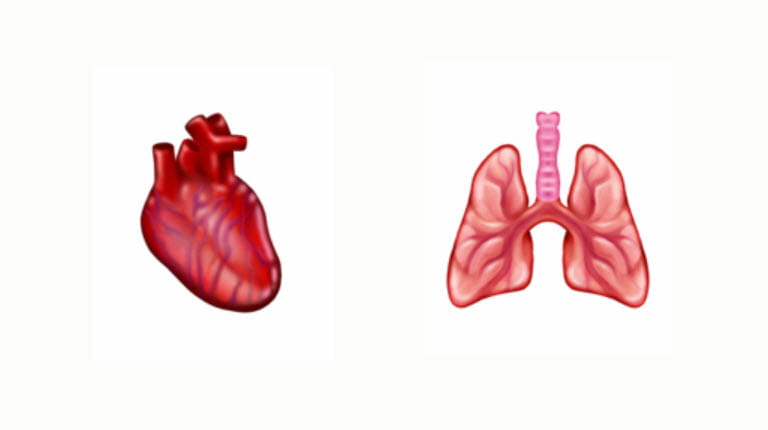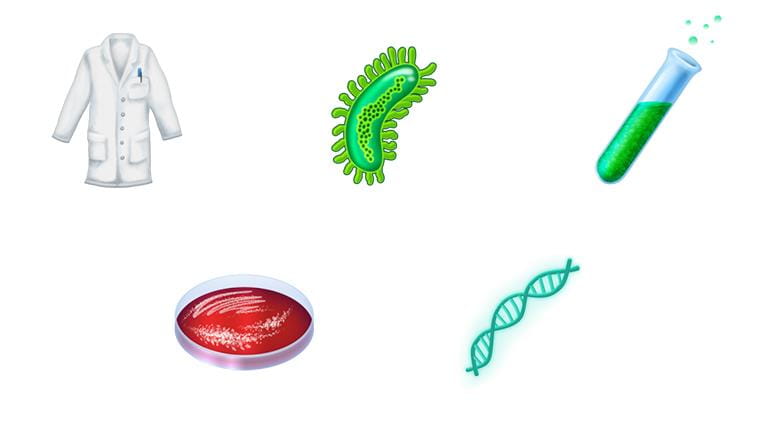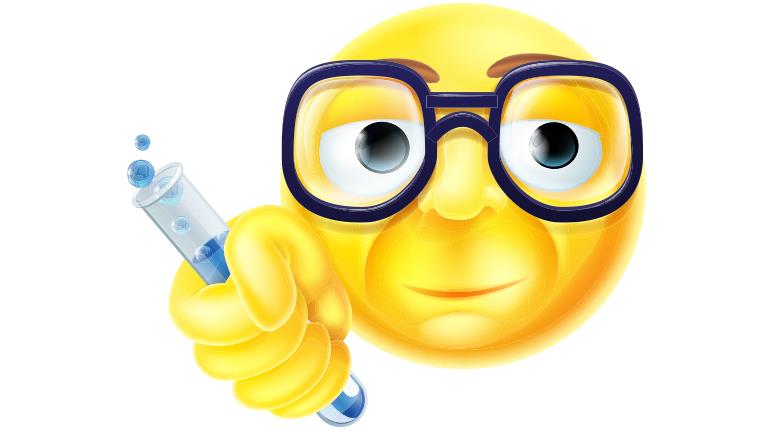Updated February 5, 2020; Originally posted March 9, 2018
Move over red heart emoji, an anatomical heart is among the science-related emoji to become available this year.
The Unicode Consortium recently posted emoji charts and data files for this year's emoji update, according to Emojipedia. The realistic heart was among 117 new emoji, a list that also includes lungs, as well as a varied assortment of other images, including a boomerang, accordion and a Swiss fondue pot. Images below courtesy of Emojipedia, which provides sample emoji before the new ones are designed and released by platforms, such as Apple, Google and Facebook.

The Boston Globe reported that a Massachusetts emergency medicine doctor was responsible to pitching the two realistic organs to Unicode. In response to the news, the American Lung Association tweeted: "We're so excited!" The heart and lungs join a collection of science emoji, including a lab coat, microbe, petri dish and DNA strand. Five science emoji were among 157 new emoji added to the lineup in 2018, taking the total number to more than 2,800. Another batch of 230 emoji, including a drop of blood and a stethoscope, were released in 2019.
But it’s hard to determine the popularity of science emoji, which aren't as commonplace as yellow smiley faces and birthday cakes.
Stats for any emoji can be tricky to put together,” said Jeremy Burge, Chief Emoji Officer at Emojipedia.
While Emojipedia exhaustively covers the world of emoji, platform vendors create their own versions of the tiny, textable graphics and the platforms also own the data on usage. Facebook has used World Emoji Day (July 17) to release some details, Burge said.
Science emoji didn’t make the highlights. Instead, the top spots were held by the laughing face with tears in its eyes (most used in the United States, Mexico and the United Kingdom) and the birthday cake (No. 1 in Australia, Germany and Canada.) The Shorty Awards for excellence in social media honor the top emoji, but again none of the science symbols made the cut. (The unicorn won.)
We asked an actual scientist from global biotechnology leader CSL Behring if she used science emoji and she said yes, but not too often. Other people don’t understand them, she said. Compared to the simple thumbs up or the classic red heart, who would know what you meant by texting an alembic? The alembic emoji, a rounded beaker with a slanted neck, gets used when people are referring to chemistry and experiments, according to Emojipedia.
So there’s an expanding catalog of science emoji, but did you also know about “emoji science?” In 2014, Science Guy Bill Nye used the term for a YouTube video that used emoji to explain evolution. It racked up more than 1.5 million views. The Twitter hashtag #emojiscience is still in use today with users attempting to share science news, or explain Newton’s laws of motion, using only emoji.
Emoji have even been the subject of scientific study. Two Scottish researchers wrote a paper about communicating through emoji and presented it at the International Conference on Human Computer Interaction with Mobile Devices and Services in Florence, Italy. Their takeaway: Emoji are an effective type of nonverbal communication, to a point.
“People need to share the same understanding of what each emoji symbolizes, otherwise communication can breakdown,” the researchers said.
This is an updated story. Original post can be found below.
Get your texting fingers ready, five new science emojis are on the way. A lab coat, microbe, test tube, petri dish and DNA are among 157 new emojis that include superheroes, supervillains, a bar of soap, a bagel and a peacock. In the slim category of science emojis, the new symbols join an existing microscope, telescope, satellite dish and an alembic. Emojipedia jumped right on the announcement by mocking up what the new emojis might look like, though some complain that its double helix of DNA seems to be twisting the wrong way. The official versions will launch later this year.



